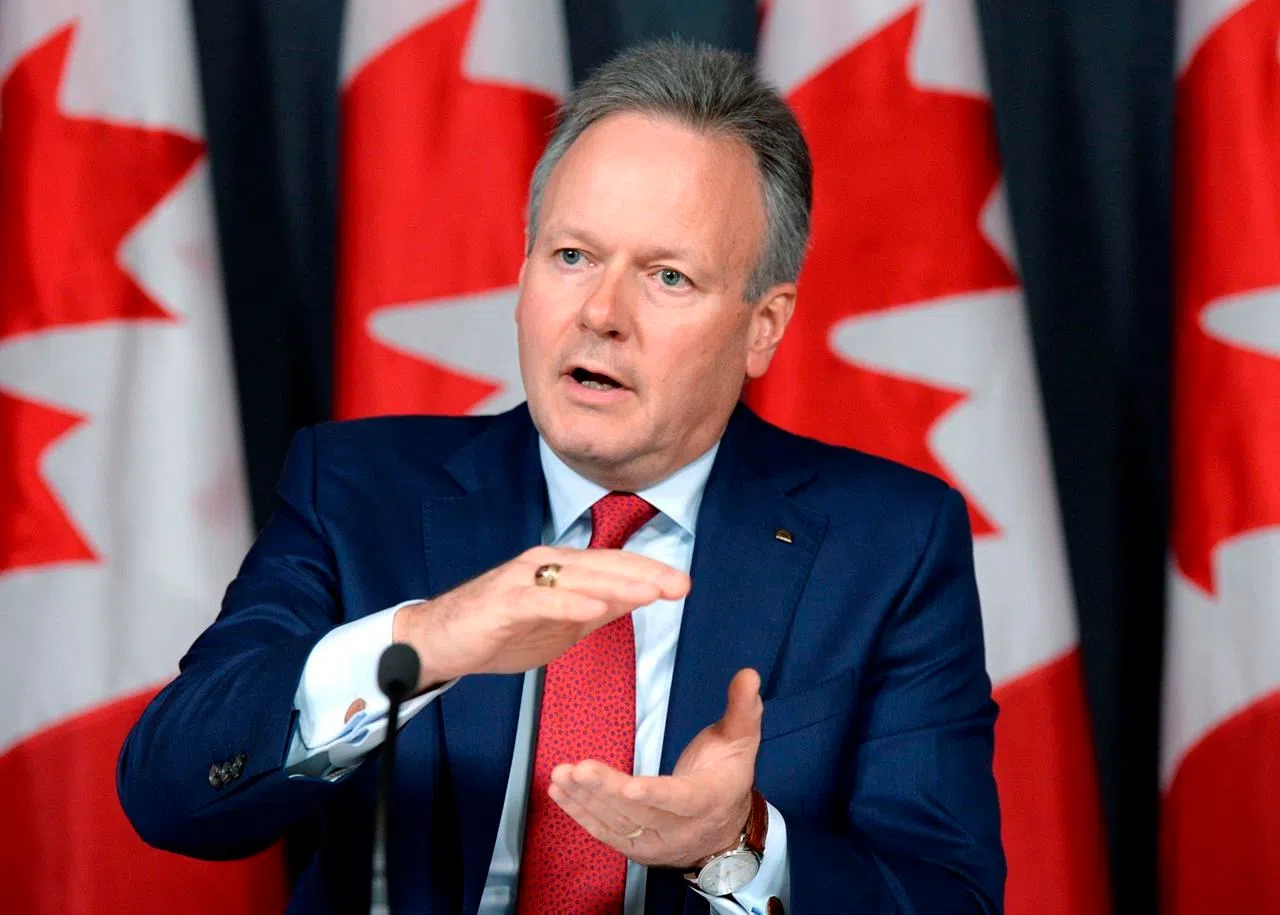
Bank of Canada says Alberta wildfires helped put economy in reverse
OTTAWA — The Bank of Canada is cutting its outlook for the year, saying the extensive damage from the Alberta wildfires helped fuel an economic contraction in the second quarter.
The effects of the disaster, which temporarily shuttered key oilsands facilities, took hold as the national economy struggled with disappointing exports numbers, feeble business investment and uncertainty around the United Kingdom’s vote to leave the European Union.
The central bank’s forecast was released Wednesday along with its scheduled announcement on its benchmark interest rate, which it left at the rock-bottom level of 0.5 per cent, as expected.
“Essentially, the underlying forces that support a strengthening of growth in Canada remain the same, and the adjustment process of the economy to the lower oil prices is well underway,” Carolyn Wilkins, Bank of Canada senior deputy governor, said in French after the announcement.



